The major, visual difference between Middle Eastern nations and their Western counterparts is the skyline. While America along with most countries in Europe showcase gothic style cathedrals complete with cross-adorned steeples, Egypt, Jordan, and Turkiye have mosques and minarets instead. Many people don’t know much about mosques other than their association with Islam; however, I found the history of their development rather fascinating.

The mosque (also known as camii or mesjid) is predominantly a place of worship for Muslims, although according to Islam, people can pray anywhere they want. The very first mosque ever constructed, Masjid al-Haram, is in the Saudi Arabian city of Mecca (visitors must prove their devotion to Allah if they even hope to enter the city), surrounding one of the holiest places the Kaaba – the focal point of prayer, and why Muslims in America and Europe must always face east while they do so. Interestingly enough, the word camii is used much like ‘church’ in Christianity in that it implies both the building as well as the community of worshipers inside. A mesjid is any room used for prayer in the moment it’s being used; it can be a bedroom, kitchen, or soccer field.
One of the five pillars of Islam requires Muslims to make a pilgrimage to Mecca at least once in their lives. Similar to synagogues, mosques don’t have any requirements regarding their construction. A square building with a square room can literally be converted into an official mosque without any hiccups in the process. Be that as it may, over the past thousand years, the architectural styles have changed drastically based on location, culture, and other factors. In some countries, you might not even be able to tell a mosque from an office building when you walk past. Not so in Turkiye.
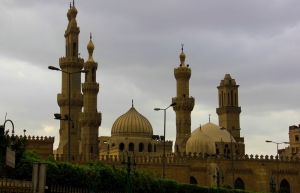
Hypostyle mosques, the earliest type, are square with inner courtyards. These are typically found in warmer climates to accommodate large numbers of worshipers for the Friday afternoon prayer. Persians began incorporating elements of their palace designs into mosques and it was in the area of modern-day Iran where the first arches (iwans) and domes appeared.
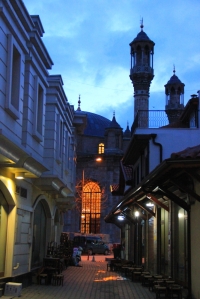
The large, central dome wasn’t introduced until the 15th century by the Ottomans. Heavily influenced by the Byzantine architecture, Turkish mosques have unique looks all to their own – looks you won’t find in North African, European, or Arabian mosques. For instance, the Blue Mosque in Istanbul was built using smooth, straight, and clean lines. It looks almost modern in many ways (close proximity to Europe influenced architecture in this area). Mosques in other areas have a much more exotic appearance.
A common feature for most mosques nowadays is the minaret (trans: lighthouse) – a tall, slender tower situated at one or more of the corners of the structure (the Hassan II in Casablanca boasts the tallest minaret). The top of the minaret is always the highest point because it’s used for the Adhan (or ezan in Turkiye) which is the call to prayer. The imam (Islamic priest or scholar) usually sings verses from the Qu’ran at least five times a day, guiding local Muslims to stop what they’re doing and join him.
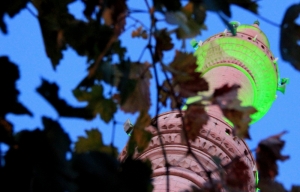
For the first hundred or so years, mosques had no minarets. The first of which was constructed in 665, supposedly in competition with Christian church steeples and bell towers. The caliph of Basra (southern Iraq) at that time wanted to increase the visibility of Islam. He hated how outwardly Christians worshiped by comparison and he encouraged his people to build minarets as well as to borrow the shapes and styles of the bell towers for them.

Outside every mosque you’ll find a water fountain. Okay, it’s not really a water fountain. It’s a bathing facility Muslims use for their pre-prayer, ritual purification – aka Ablution. Believers must cleanse their hands, feet, heads, and faces if they’ve either been with a woman (sexually) or evacuated their bowels or bladder between prayer times (leading many to ‘hold it’ more often than doctor’s might recommend).
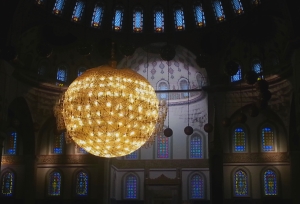
Inside most mosques are separate areas for men and women to pray, in spite of the fact that the Qu’ran mentions nothing on the issue of gender separation. Traditionally, women are permitted to occupy space behind the men, or on balconies along the edges of the main prayer hall. I’ve been told the reason for the segregation is to prevent women’s beauty from distracting the men who are supposed to be focused on Allah (why this fault belongs to the women instead of the men is beyond my level of comprehension).
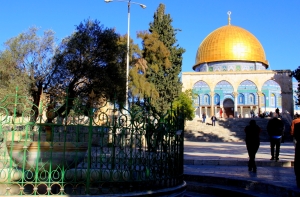
Most interpretations of sharia law allow non-Muslims to enter mosques providing they don’t sleep or eat (they also must remove their shoes as all Muslims do). One particular mosque, the Dome of the Rock – located on the Temple Mount in Old City Jerusalem, doesn’t allow any non-Muslim tourists to enter. It is also forbidden for anyone to take photographs of the interior. During this writer’s recent trip to the Holy Land, we were able to gain access to both.
On the contrary, modern Turkiye allows tourists into every mosque in every city, as long as the strict rules of conduct are followed. Bringing us full circle, the minarets and dome are what separate the skyline in Middle Eastern nations from those in Europe and the Americas. From my vantage point, there are 5-10 times as many mosques per square mile than churches in the States. That seems like a colossal waste of space to me when you consider the following two pieces of information.
One, Muslims do not have to attend services on a weekly basis in the way Jews and Christians are supposed to. While the main Friday prayer exists, it’s not mandatory to do it from the main worship area of a mosque. Two, none of the prayer times require attendance at a mosque at all. Muslims are typically allowed to pray anytime, anyplace, anywhere they so choose. They can even pray in their living rooms and many offices and schools (as well as shopping malls) come with prayer rooms for the convenience of their citizens.
Be that as it may, the beauty of the mosque architecture creates an other-worldly and exotic feel to any expats who live in those countries.
Until Next Time…
-Justin